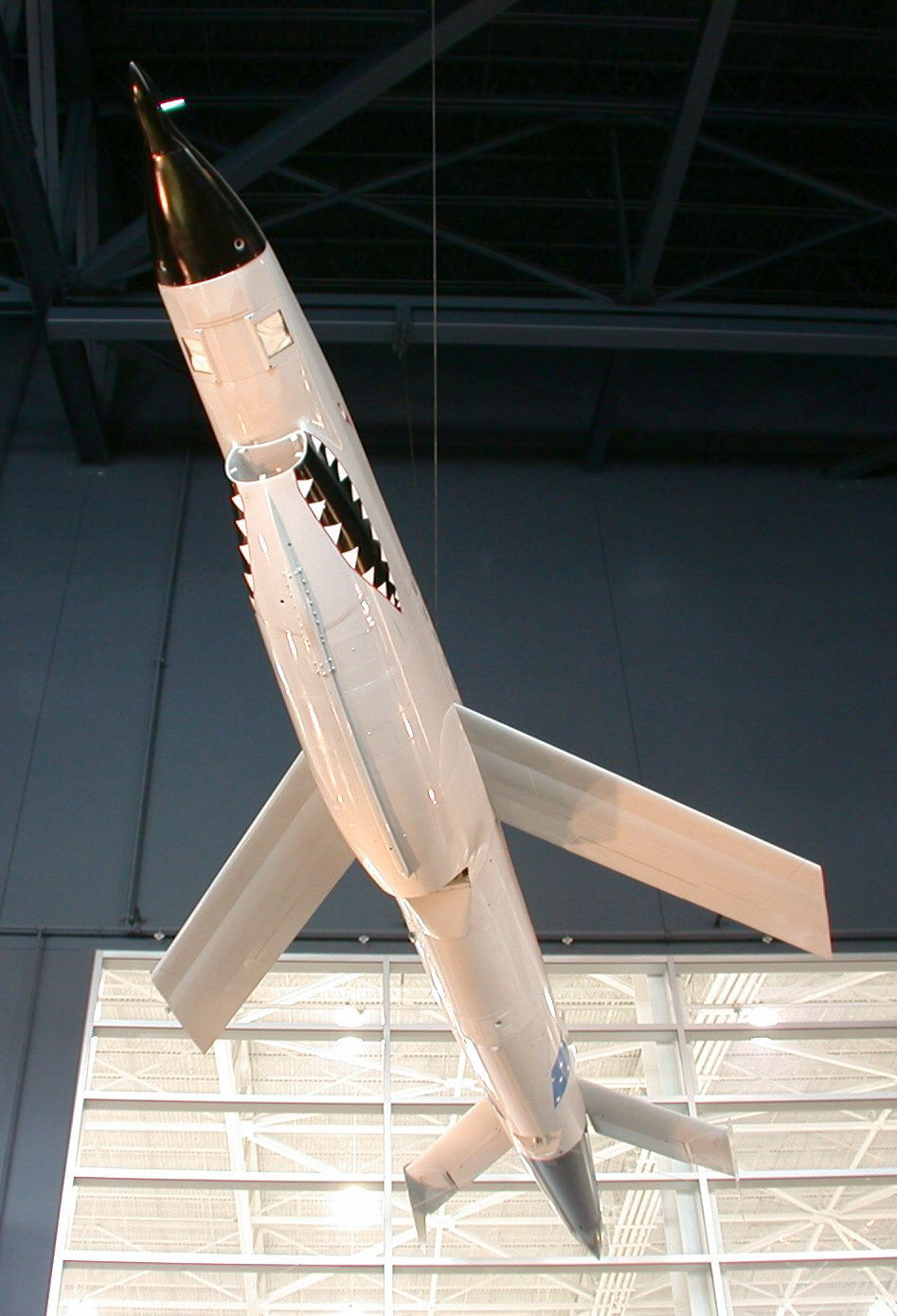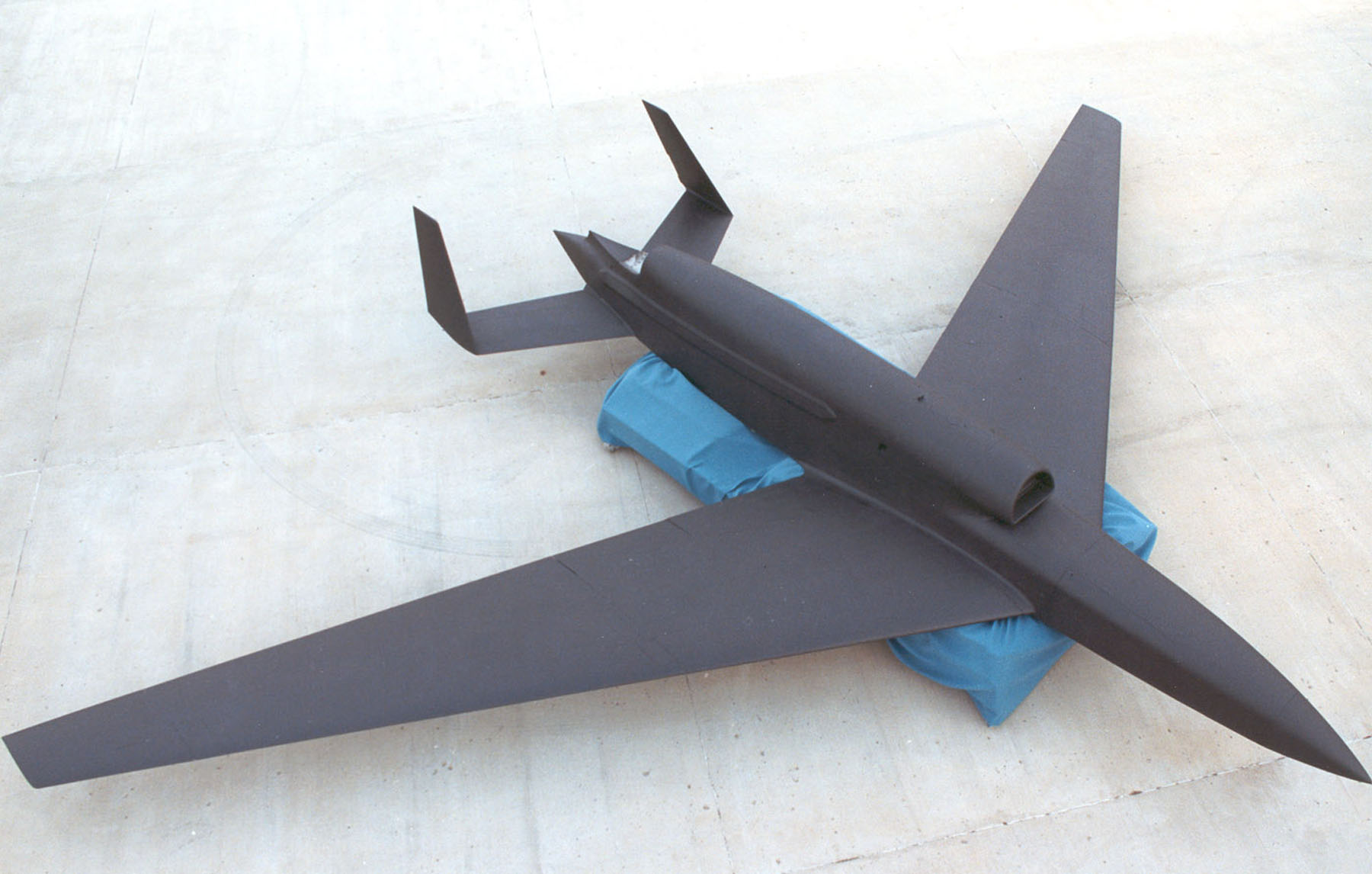
Help Support The Rocketry Forum:
This site may earn a commission from merchant affiliate
links, including eBay, Amazon, and others.
6" resolution (I assume at lowest, radar avoidance altitude). System reliability 95%. "High subsonic" speed, operational ceiling of 62,500 feet, sea skimming at 50 feet. Impressive, especially for that time period.
Ryan Model 147
https://en.wikipedia.org/wiki/Ryan_Model_147
Technical details video:
Lots of JATO launch and in-flight video including low pass to give impression of flight speed:
Ryan Firebee Report
As target tow vehicle. Lots of Firebee JATO and SAM launches, including MANPADs.
Age of the RVP UAV, Ryan Firebee
Covered: high altitude 147TE SIGNINT version. Also modded as
cruise missile and as
guided AGM carrier. Great photorecon stills from a 147 over North Vietnam starting at 0:26. Also development footage of the
very interesting and then highly classified, 80k foot altitude Ryan AQM-91 Firefly (aka Model 154) where they mention low IR signature, but NOT its RF stealth.
Ryan AQM-91 Firefly
https://en.wikipedia.org/wiki/Ryan_AQM-91_Firefly
First flight: September 1968
Number built: 28
The Ryan AQM-91 Firefly was a developmental drone developed during the Vietnam War to perform long-range reconnaissance, especially into China.
The test flights were conducted over the US Southwest. The project was highly secret, but on 4 August 1969 one of the prototypes failed and parachuted to ground inside the Los Alamos nuclear research complex during lunch hour. Unfortunately, it didn't land in a restricted area, and local newspeople were able to take and publish photographs of the aircraft. The Air Force released a statement that the aircraft was a "high altitude target", but though such a statement might have been believed in 1959, it wasn't in 1969.
Test flights were halted for a few weeks while procedures were reviewed. The flights then resumed, culminating in long-range evaluations in late 1971. The Model 154 passed with flying colors, exceeding its altitude requirements by a good margin, and proving almost invisible to radar. However, by this time the need for the Model 154 had vanished. In July 1971, President Richard Nixon began a diplomatic effort to build ties with China, and reconnaissance overflights were cancelled. Satellite reconnaissance capabilities had improved through the 1960s, leading to the first launch of the advanced KH-9 Hexagon satellite on 15 June 1971, which could provide strategic intelligence without provoking the Chinese.
The Model 154 program lingered on for a few more years, but the drones were finally put into mothballs in 1973, and scrapped a few years after that. 28 had been built, including 20 production machines.
Stealth
The Model 154 had an engine on the top of the fuselage to reduce its radar cross-section and infrared signature as seen from below, as well as twin inward-canted tailfins to conceal the exhaust stream. It had a fuselage with flat bottom. A ground radar would need to be directly below the drone to detect it, but by the time it is detected, the aircraft is travelling away, which makes tracking difficult. The sides of the fuselage are sloped flat to deflect radar signals. It was built using a high percentage of plastic composite materials, which had a lower radar reflectivity than metal. The leading and trailing edges of the wings had inset triangles of a radar-absorbent material.[1][2] The aircraft was powered by a General Electric YJ97-GE-3 turbojet providing 4,000 pounds (1,815 kg) thrust, with the engine exhaust mixed with cool air to reduce its infrared signature. The YJ97 was derived from a General Electric demonstrator engine designated the "GE1".
Unfortunately dead link: Bill Sweetman (May 6, 2015).
"Stealth. 80,000ft. $375 Million A Copy. Did We Say This Was In 1970?". Aviation Week.






